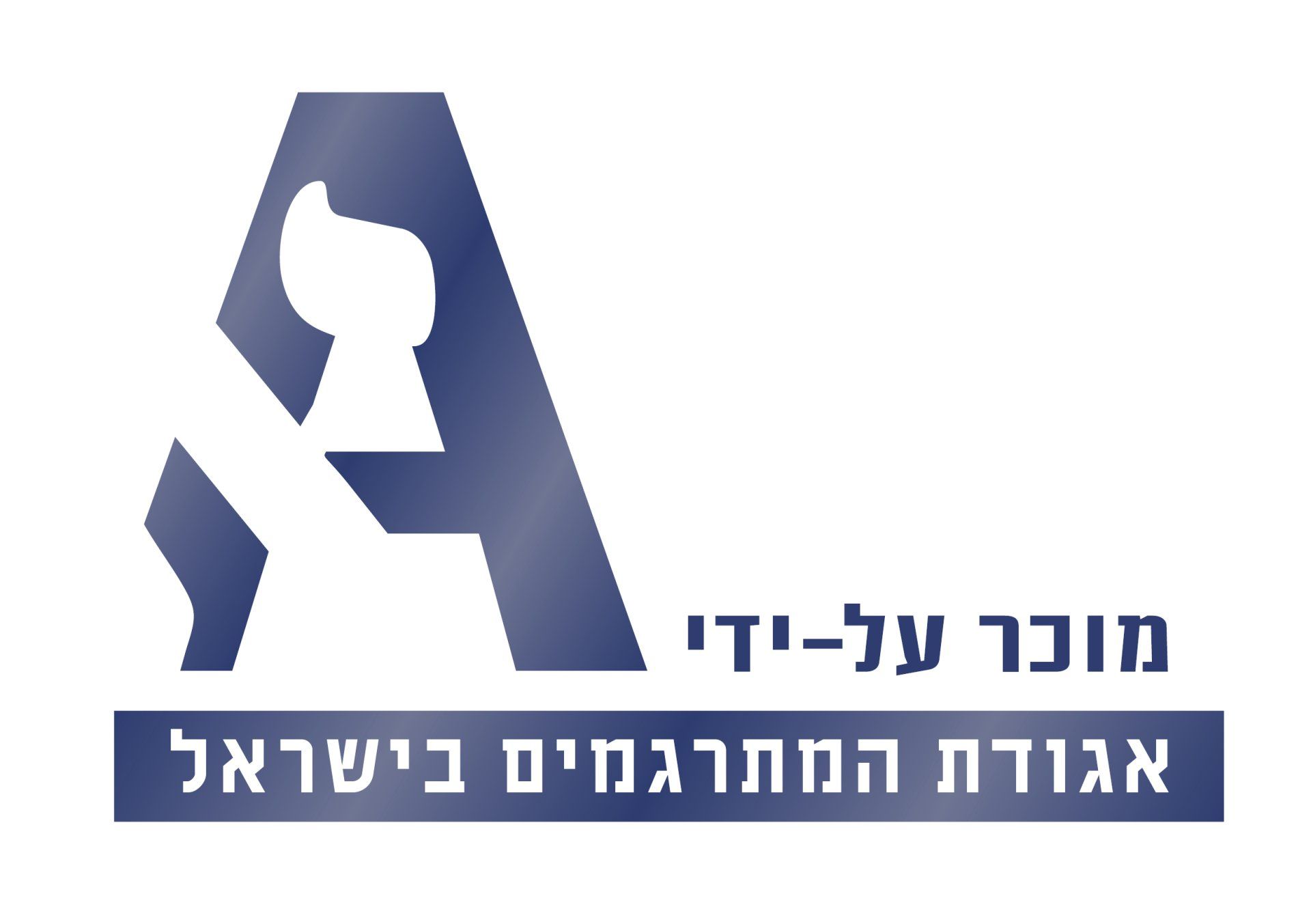Common questions
FAQ – Proofreading & Editing
-
In what format should I send the document?
Office formats (Word, Excel and PPT) are preferable. You can send PDF’s but strive to send a clear copy as any text that is unclear and/or illegible in the original may end up the same in translation. Also, illegible PDF’s require significant time to translate, which is reflected in the cost. By contrast, screen shots from websites are extremely difficult to work with and should be converted to more manageable formats.
-
How will I receive it back?
The translator will send you the translation back in WORD or PDF through an email attachment. A hard copy can be sent at your expense if required.
arly efficient in terms of the number of words they use, they lead to a significant difference in word count between the source and target text. For example, the English translation generally has 40-50% more words than the Hebrew source. In these cases, most translators prefer to charge by the target word count but in some cases the parties agree on an estimated target count in advance. I charge by project to allow me to take into account all elements, including document preparation and QA.
-
How can I pay for the translation and English editing services?
You can pay in NIS, USD or Euro through direct deposit, check or Paypal.
-
What about certification?
Most countries, including the United States and Israel, do not have an official certification of translation (as compared to notarization). The current alternative is a short, signed statement of the translator added to the document testifying to its faithfulness. Check the specific certification requirement of the body required such a seal. See full explanation.
-
What is the difference between proofreading and editing?
Proofreading is checking for grammar, spelling and syntax errors. Editing often involves large changes in the syntax and/or structure and/or terminology while translation editing also involves comparison with the source text. The former is often the last step of QA while the latter is an earlier process.
-
How do I pick an editor?
For single language texts, the ideal editor works in his/her native tongue and is familiar with the stylistic requirements of the text. If the editor needs to work from the source to target language, thorough knowledge of the source and target languages as well as subject matter are required. Of course, the person must be given sufficient time to do a proper job.
-
How are editing services charged for?
Most editing is charged by the hour or 1000 words. The ultimate purpose of the text should also be taken into account as a significant difference exists between the level of finish of a document intended for publication as compared to one intended for internal use only.
FAQ – Sending, Receiving, Paying & Certifying
-
In what format should I send the document?
Office formats (Word, Excel and PPT) are preferable. You can send PDF’s but strive to send a clear copy as any text that is unclear and/or illegible in the original may end up the same in translation. Also, illegible PDF’s require significant time to translate, which is reflected in the cost. By contrast, screen shots from websites are extremely difficult to work with and should be converted to more manageable formats.
-
How will I receive it back?
The translator will send you the translation back in WORD or PDF through an email attachment. A hard copy can be sent at your expense if required.
-
How can I pay for the translation and English editing services?
You can pay in NIS, USD or Euro through direct deposit, check or Paypal.
-
What about certification?
Most countries, including the United States and Israel, do not have an official certification of translation (as compared to notarization). The current alternative is a short, signed statement of the translator added to the document testifying to its faithfulness. Check the specific certification requirement of the body required such a seal. See full explanation.
-
What is the difference between proofreading and editing?
Proofreading is checking for grammar, spelling and syntax errors. Editing often involves large changes in the syntax and/or structure and/or terminology while translation editing also involves comparison with the source text. The former is often the last step of QA while the latter is an earlier process.
-
How do I pick an editor?
For single language texts, the ideal editor works in his/her native tongue and is familiar with the stylistic requirements of the text. If the editor needs to work from the source to target language, thorough knowledge of the source and target languages as well as subject matter are required. Of course, the person must be given sufficient time to do a proper job.
arly efficient in terms of the number of words they use, they lead to a significant difference in word count between the source and target text. For example, the English translation generally has 40-50% more words than the Hebrew source. In these cases, most translators prefer to charge by the target word count but in some cases the parties agree on an estimated target count in advance. I charge by project to allow me to take into account all elements, including document preparation and QA.
-
How are editing services charged for?
Most editing is charged by the hour or 1000 words. The ultimate purpose of the text should also be taken into account as a significant difference exists between the level of finish of a document intended for publication as compared to one intended for internal use only.









